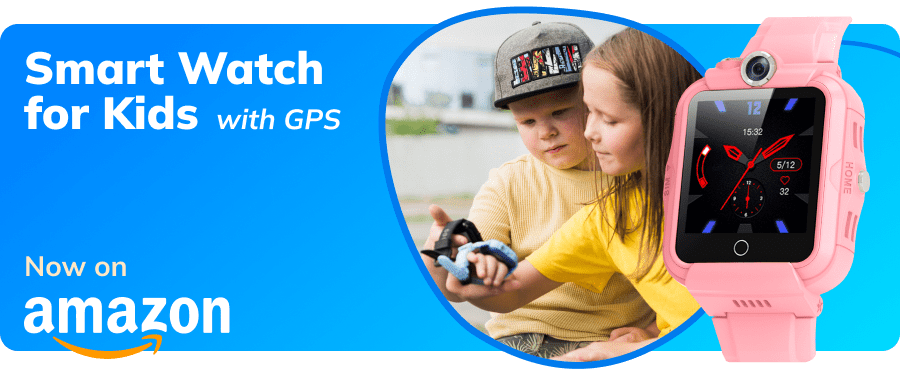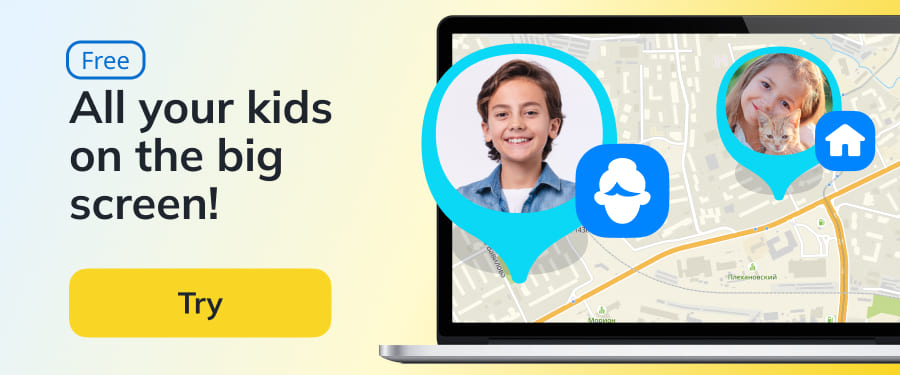Dangerous Challenges: What Parents Should Know

Some online challenges, like train surfing or risky selfies, can pose serious threats to a child’s life. Knowing what these challenges look like and how they spread can help you spot red flags early.
What Are These Challenges and Why Do Kids Try Them?
Dangerous challenges often circulate through social media or messaging apps. Kids might be encouraged to take part in things like choking games, jumping from rooftops, consuming harmful substances, or riding on the outside of moving vehicles.
These challenges show up on TikTok, YouTube, Telegram, Discord and also spread through friends, classmates, and influencers.
Younger kids might try them out of curiosity, wanting to act like older peers or get attention. They don’t yet have a clear sense of risk or strong internal brakes to say no.
Teens may join in because of peer pressure, a desire to stand out, lack of attention, or just wanting to experiment. Their ability to foresee consequences is still developing and the need to belong can be especially intense.
Common dangerous challenges include:
- Choking or blackout games
- Train surfing (riding on the outside of vehicles)
- Risky rooftop selfies or stunts
- Self-harm flash mobs
- Drinking contests or dares
- So-called “death groups”
- Extreme or “trash” livestreams
- Dares involving pain, fear, or humiliation for clout
Signs Your Child May Be at Risk
Kids don’t always say they’re involved, but their behavior might show it. Watch for:
- Becoming unusually secretive or withdrawn
- Showing interest in disturbing or dark topics
- Avoiding conversations, especially about friends or the internet
- Unexplained marks or injuries (bruises, cuts)
- Sudden mood shifts or changes in behavior or friend groups
- Rewatching the same videos over and over
- Using odd or coded language
How to Talk With Your Child About Dangerous Challenges
Don’t panic. Don’t blame. And definitely don’t lecture. Try something like: “Have you seen any weird or scary videos online lately? What do you think about them?”
It’s important to listen without judgment. If trust is already fragile, a family therapist may help. What matters most is that your child knows: they won’t get in trouble—you’ll help them through it.
How to Protect Your Child
Even if you don’t notice any warning signs, building trust and a safe digital environment ahead of time makes a big difference. Monitoring your child’s online life isn’t about total control; it’s about honest, ongoing connection.
Here’s what you can do:
- Ask about what they’re watching—talk about videos, creators, trends, and watch together when you can.
- Teach them to think critically about what they see online.
- Set a good example with your own digital habits—what you post, how you respond, who you support.
- Follow or friend your child on social media—not to spy, but to stay connected.
- Use parental controls, but talk openly with your child about it.
- Discuss app choices before they’re downloaded.
- Set clear, fair family rules for screen time and internet use.
It’s also important to know: strict surveillance or harsh rules can damage trust.
What Not to Do
Avoid actions that may push your child further away:
- Don’t sneak into their accounts or read their private messages. Open involvement works better than spying.
- Don’t use hidden monitoring apps. They damage trust and don’t teach independence.
- Don’t rely on parental controls alone. They only help when paired with honest conversations.
- Don’t mock or blame your child if they talk about troubling content.
- Don’t threaten punishment for seeing harmful videos; it’ll just make them hide things.
- Don’t shift all responsibility to schools or social platforms. Your involvement matters most.
We can’t control everything around our kids. But we can be present. Trust, attention, and calm, open conversations are what truly protect children.
References:
- The Dangers of Internet Challenges in 2025: A Guide for Parents, VPNOverview.com, Internet Privacy Initiative, 2025
- Dangerous Internet Challenges, American Academy of Pediatrics, 2024
- Online Challenges — Advice for Parents, Safer Internet UK, 2023
Проверьте электронный ящик



















